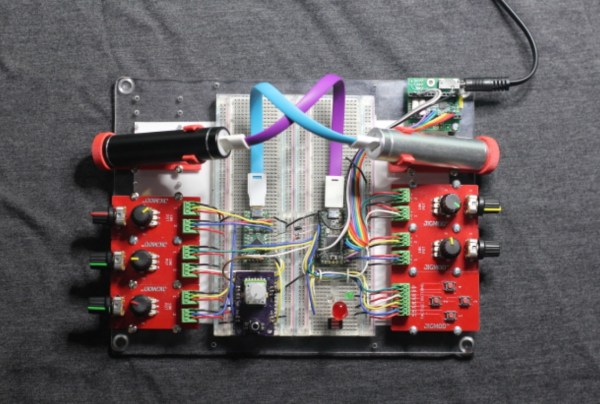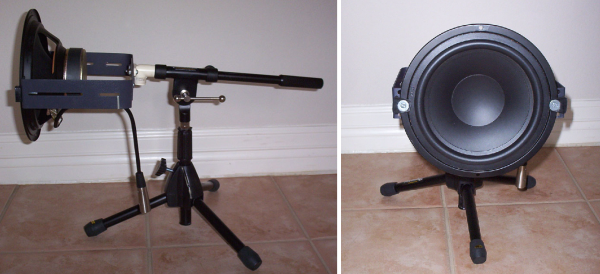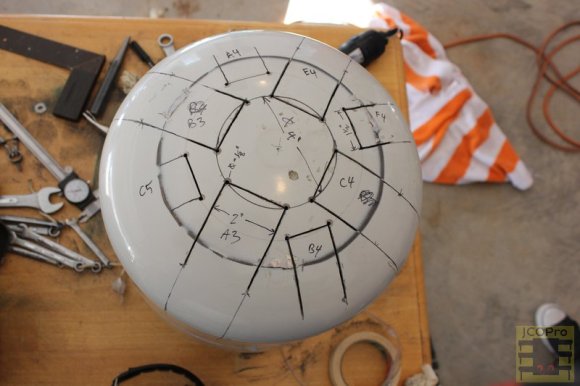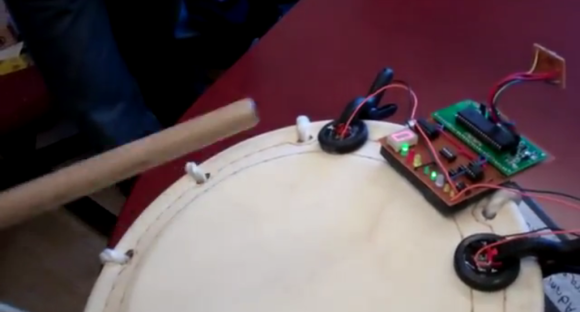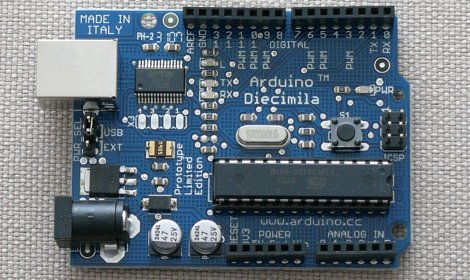Comedian Mitch Hedberg had a theory about Pringles potato chips. His theory is the company formed to make tennis balls. But instead of a truckload of rubber, someone accidentally sent them potatoes, so they made the best of it. Certainly the Pringles can is an iconic brand all by itself. The cans also have a lot of hacker history, since they are commonly used for WiFi cantennas (even though it might not be the best choice of cans). People also use them to build pinhole cameras, macro lenses, and a variety of cannon-like devices.
[Ian H] uses the short Pringles cans to build a drum kit. Clearly, the little cans aren’t going to make very much sound on their own, but with a piezo speaker element used in reverse, the cans become touch sensors that feed an Arduino and drive a MIDI device. You can see a video of the result, below.


